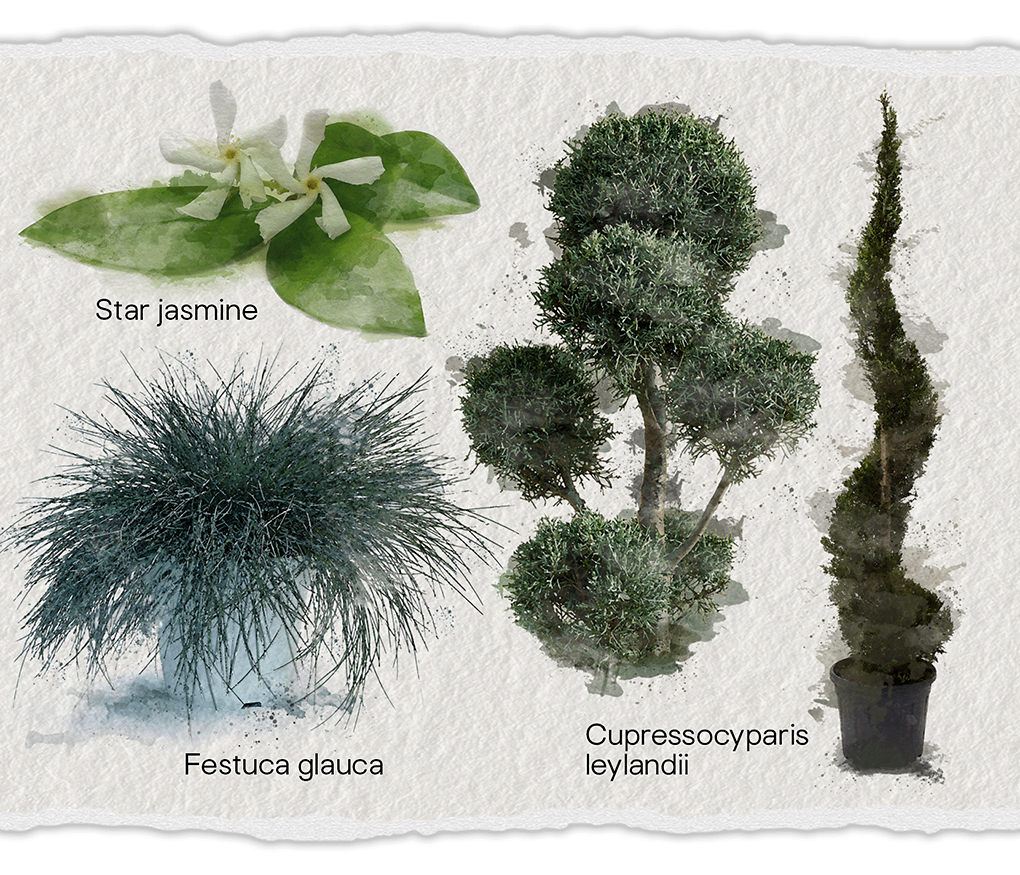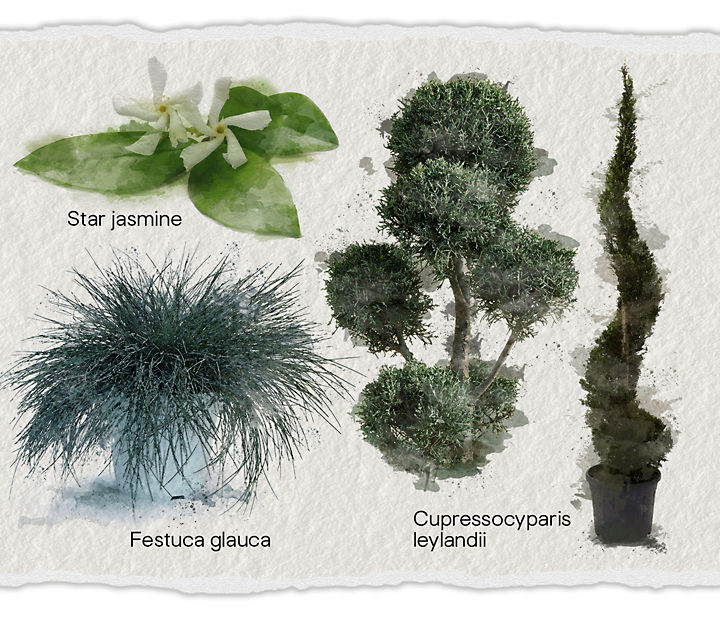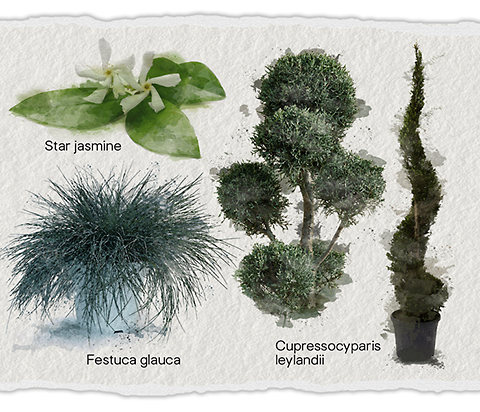Plant combinations for every type of gardener
Discover which plants look good together
Looking for the best plant combinations? From flowers to vegetables and fruit trees, find out which plants go together with our expert guide.
Skip to...
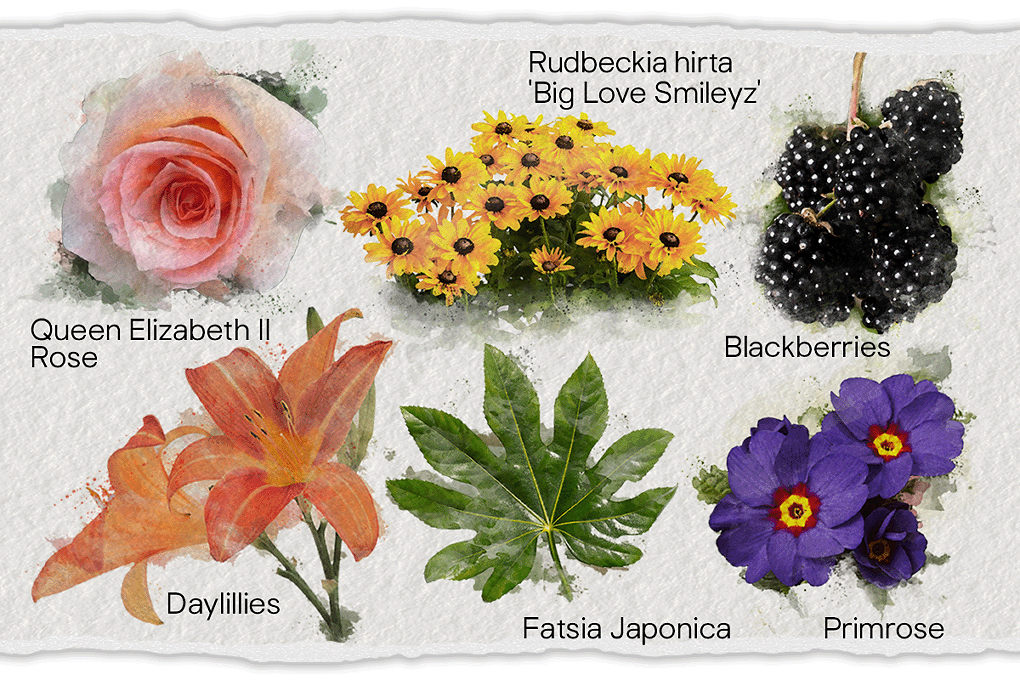


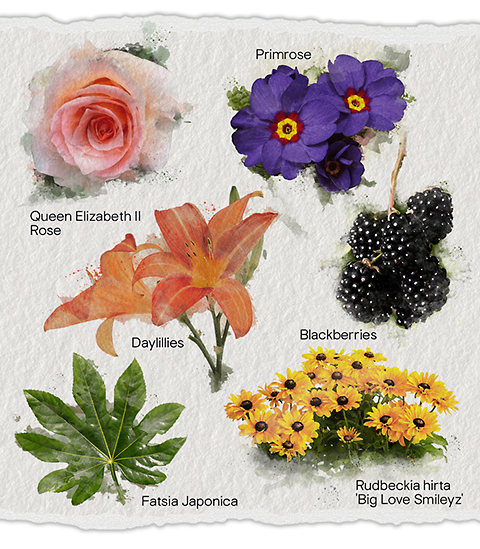
The Classic Gardener
For the perfect classic combination, use structures to outline areas of the garden such as, Yew or Taxus baccata hedges. These are the hedge of choice for palaces, estates, or country houses. They don’t like having their feet wet, but apart from that they are very reliable, which is why they have been so popular.
Magnolias always bring delight in spring, and while everyone loves them, not everyone has the space for them. These ancient trees have a wonderful history, and it is said that their gorgeous large flowers were pollinated by beetles before bees had even evolved! B&Q have a beautiful and petite version in the shape of Magnolia Genie with its deep wine-coloured, lightly-scented, flower - it's a winner for the classic gardener.
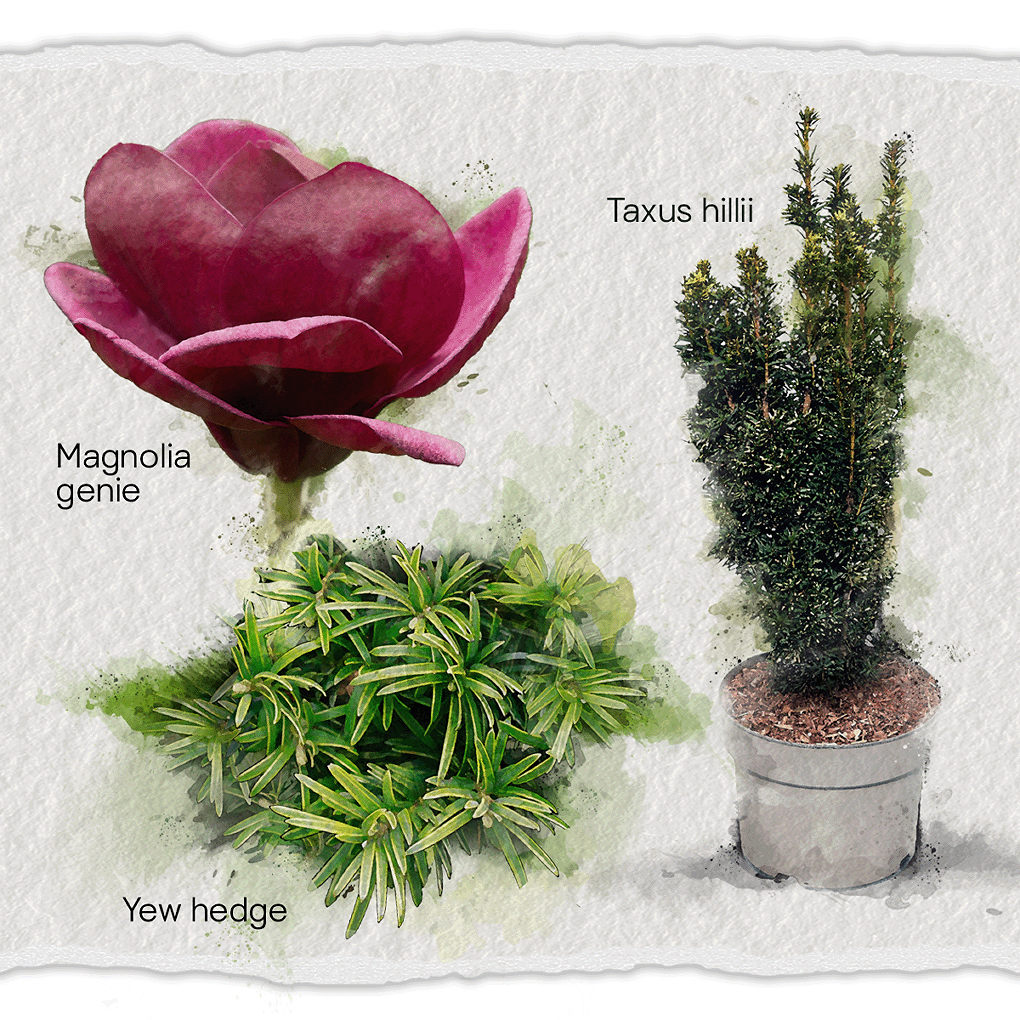

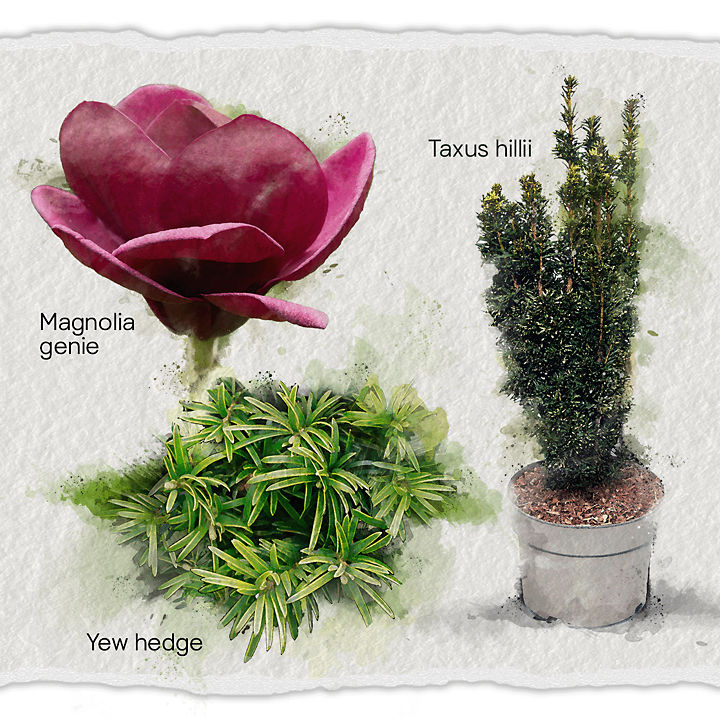
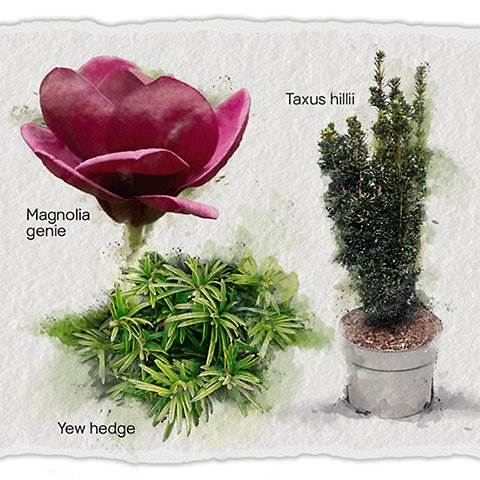
Shrubs to consider would be daphnes for their winter scent, and of course roses, which are as classic as classic can be – we love the new Elizabeth II Jubilee Rose. Complimentary perennials include, hardy salvias, nepetas and Alchemilla mollis - with its rich mahogany foliage. Adding a splash of lipstick red from the Lobelia Queen Victoria with the grape, blush and purple tones of Lupin Masterpiece would complete this scheme perfectly.
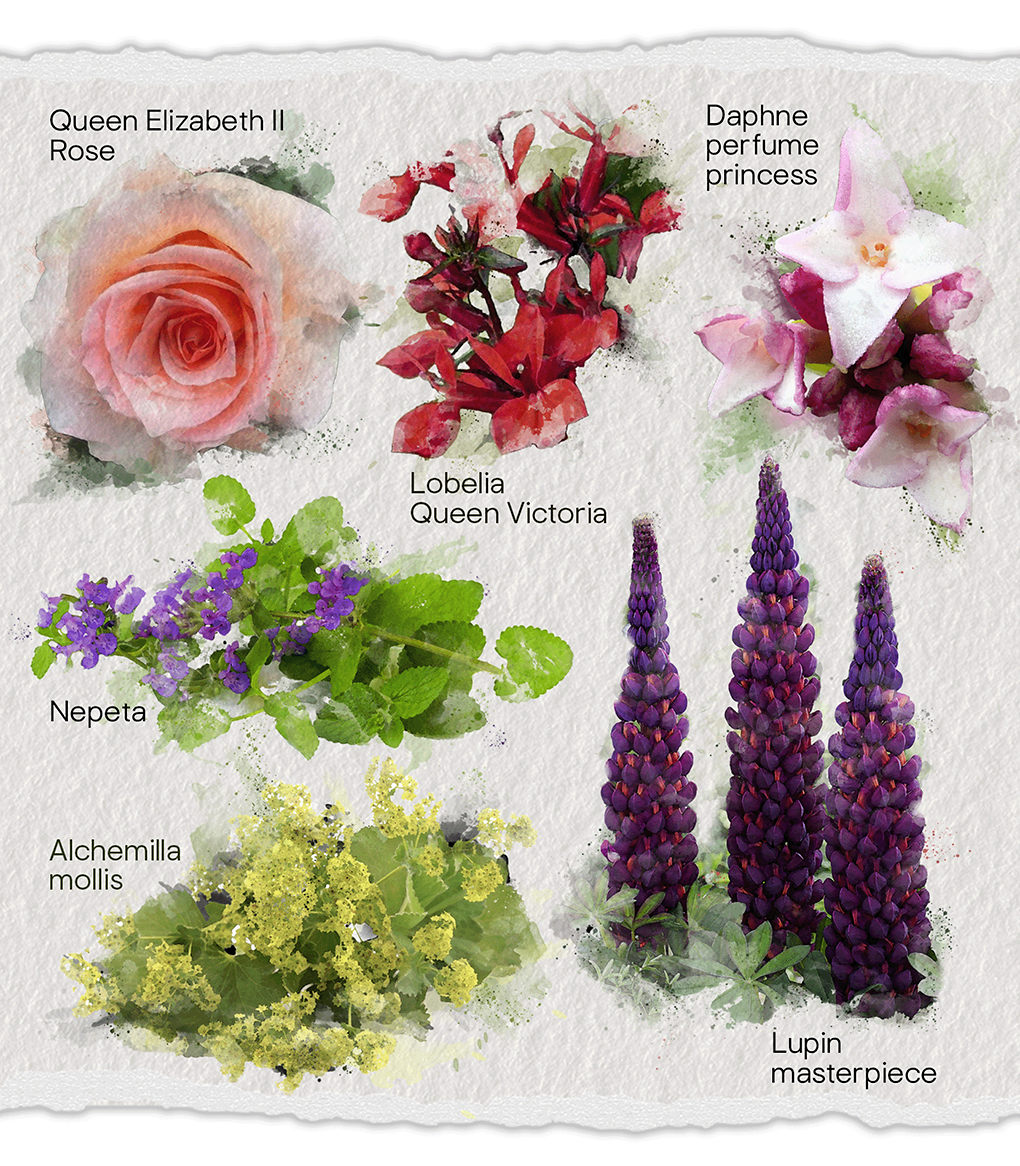

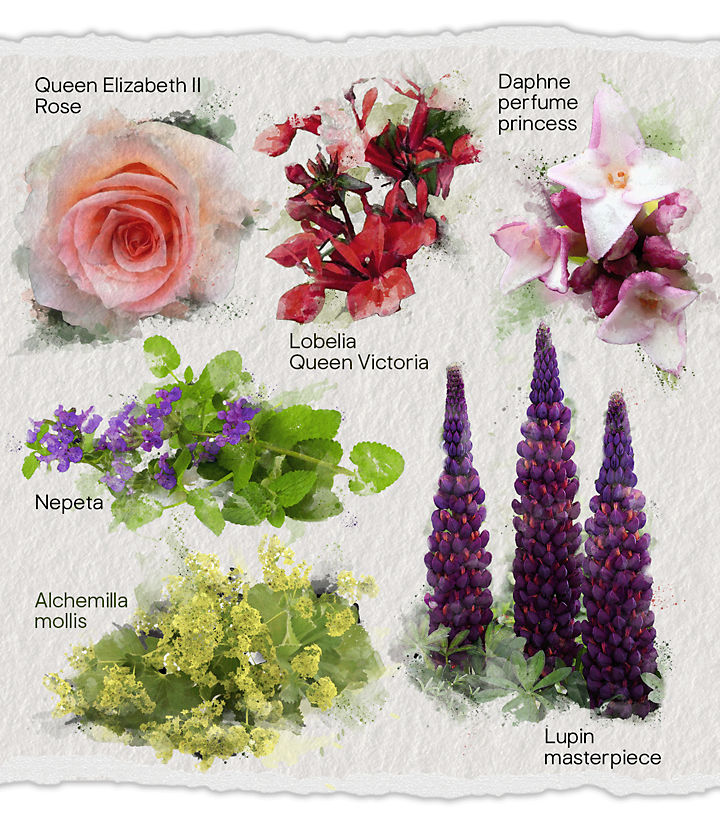
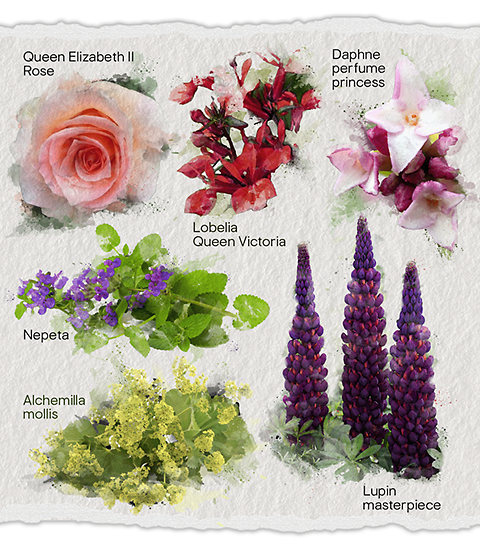
The Year-Round Gardener
This gardener considers how to create interest throughout all the seasons. To start, we need a hedge that has seasonal changes, such as Hornbeam (Carpinus betulus). They transition wonderfully, from bright green growth in the spring, to a deeper, lush green in the summer, followed by autumnal rusty browns at the end of the year. They retain most of their old leaves until the new leaves reappear, so they are all round winners.
An Amelanchier Ballerina multistem tree could easily fit into this gardener’s scheme as it has the most glorious and floriferous blossom in spring, verdant green leaves, and berries in summer before deep and intense autumnal colour. An all-year-round beauty.
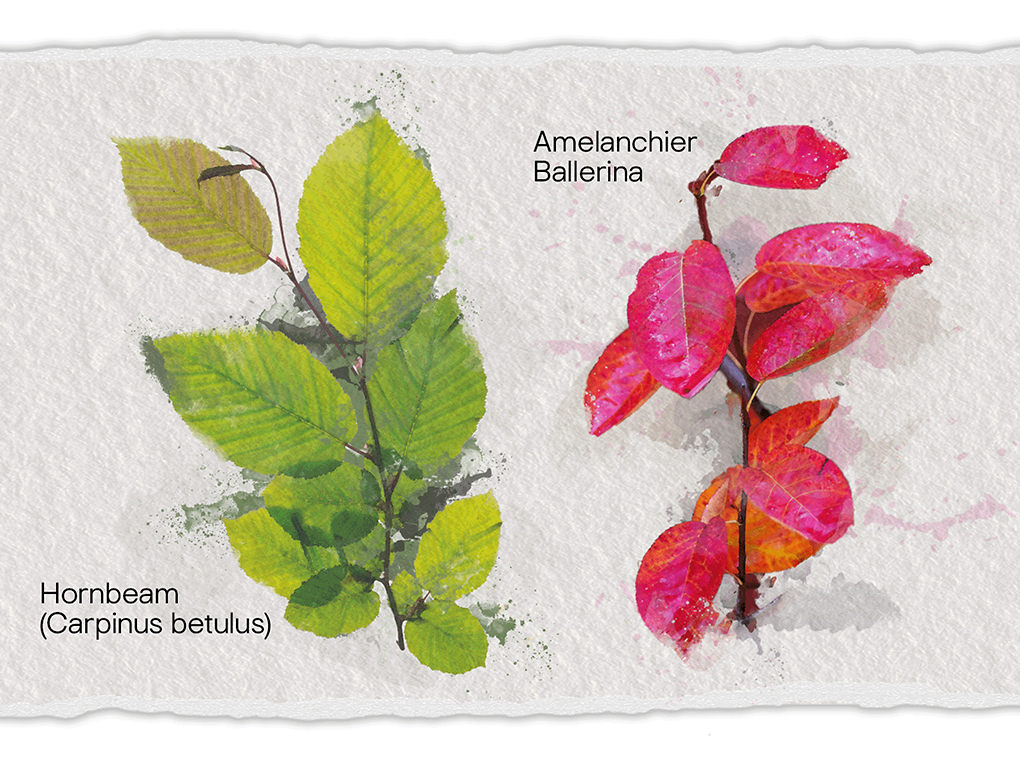

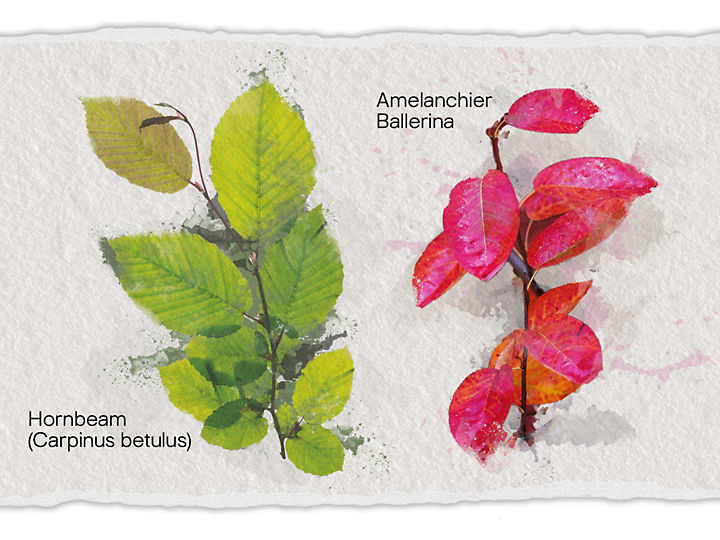

A year-round garden should be a dream for all senses, so we'd add Christmas box (Sarcococca confusa), or Lorapetalum Fire Dance, with its spidery witch hazel-like scented flowers. The perfume from climbers such as a Clematis armandii will lift spirits at start of spring. Early summer lillies will continue a heady scent, and flowering shrubs such as abelias and choisiyas will continue the experience until end of the summer.
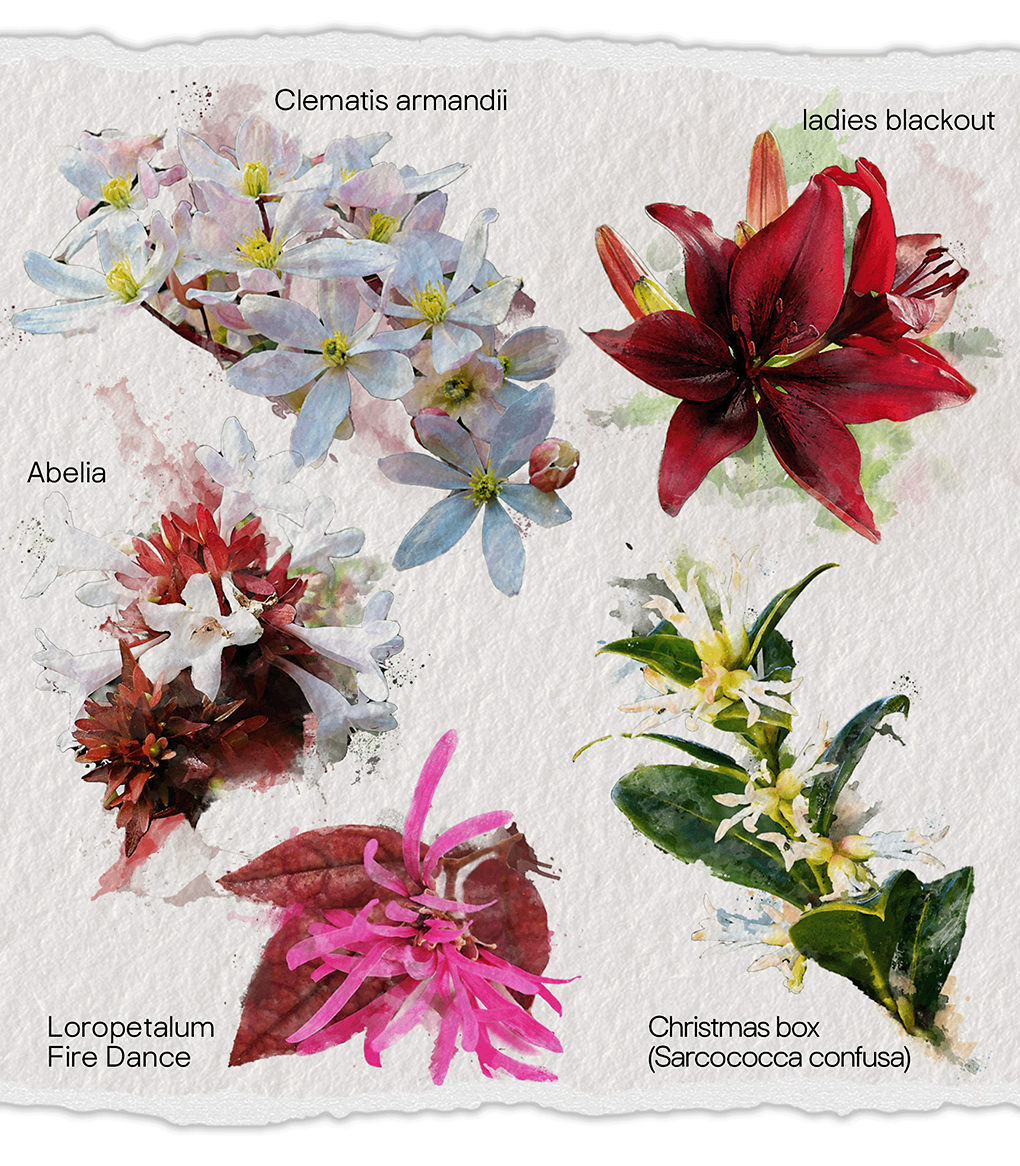

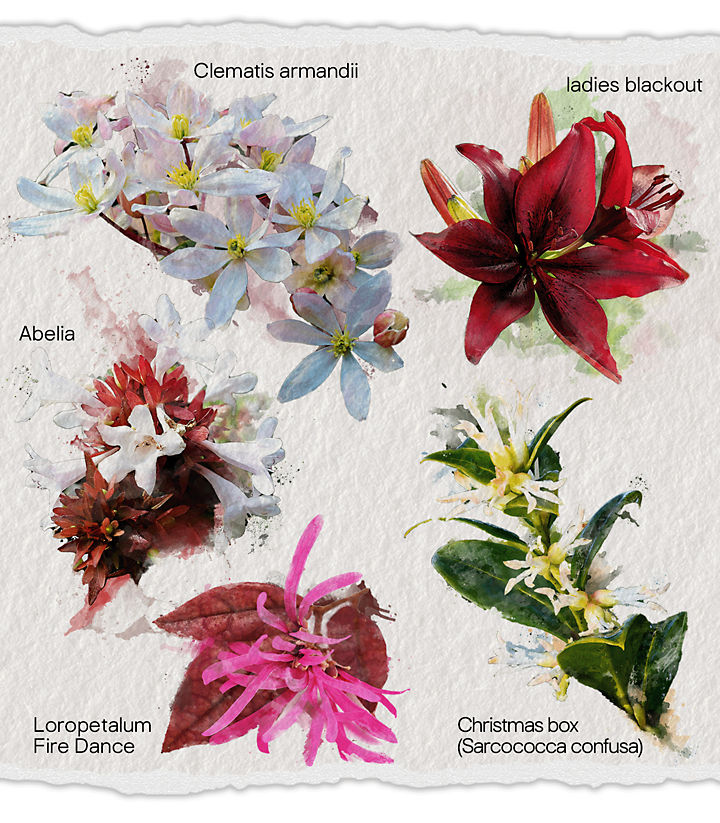
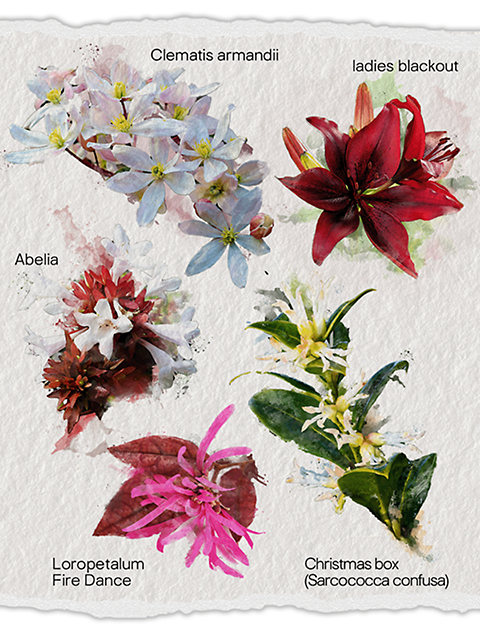
This gardener also needs early flowering plants, such as Polyanthus and primroses, and bulbs such as daffodils, tulips, and cyclamens in pink and white to extend their season of interest. Late summer perennials with deep and saturated colours such as Rudbeckia hirta 'Big Love Smileyz' and Aster Blue Lapis can be used into the later months.
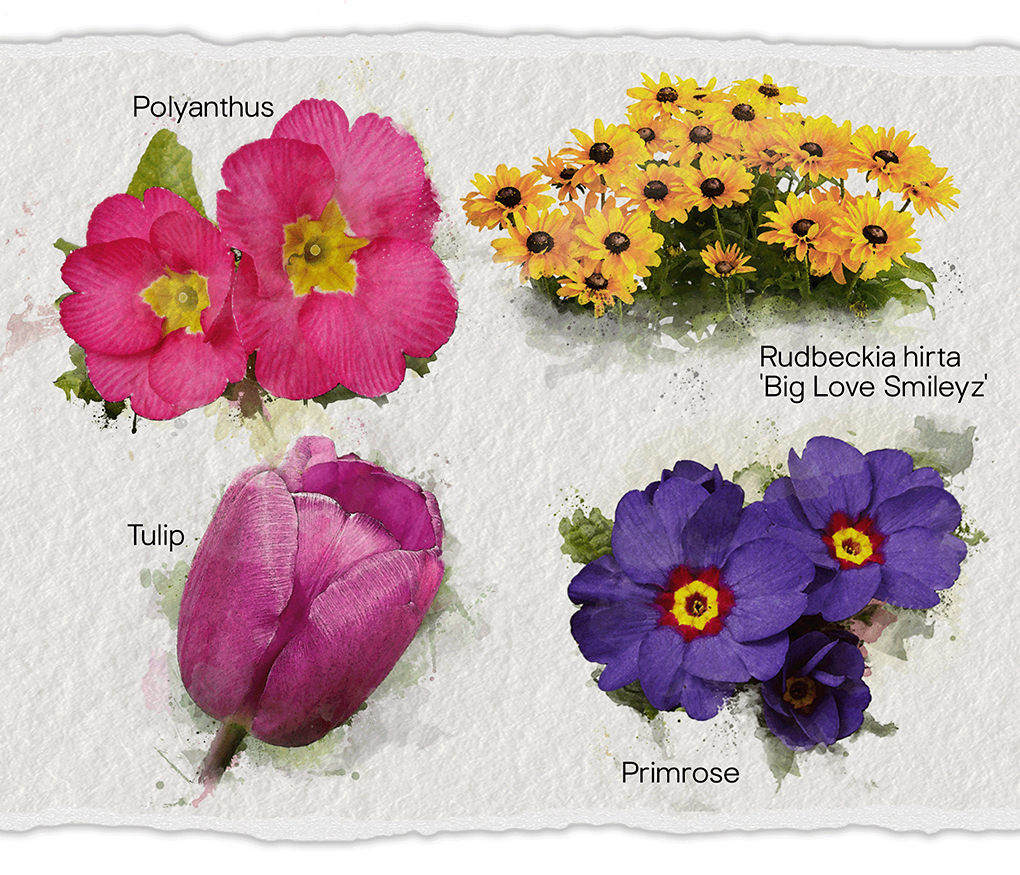

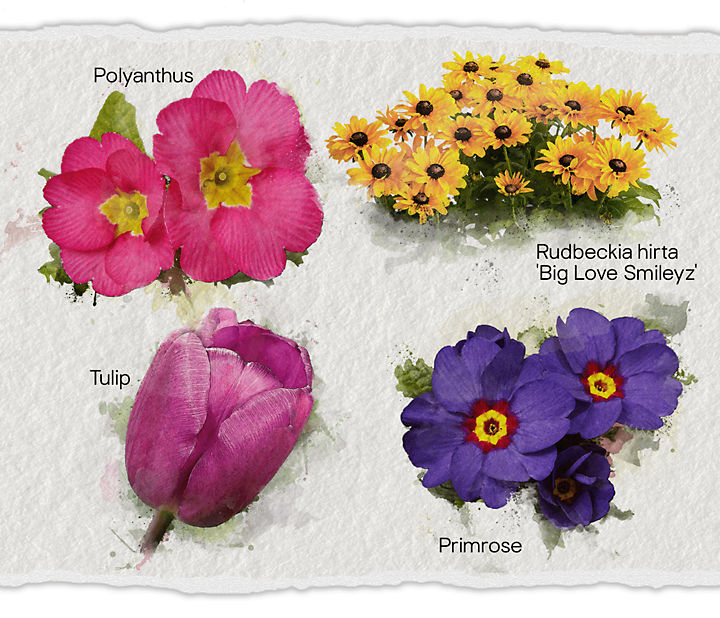
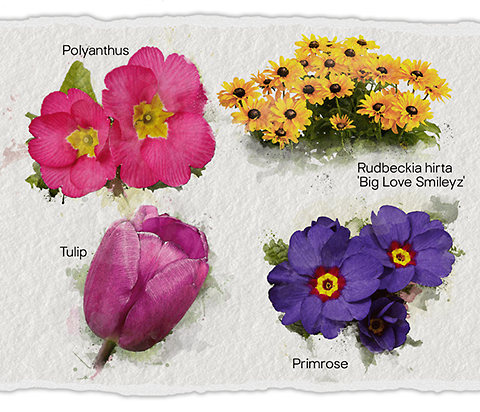
The Productive Gardener
Where to start? This gardener can really go wild at B&Q, with its wide selection of year-round vegetables and produce - from salad leaves in the spring, pumpkins in the autumn and even potatoes and greens in winter.
We think no productive garden should be without fruit trees, which can be bought as columns and standards to add vertical accents and fruit, to the garden. We’d then introduce layers of productive plants and flowers. Companion planting offers opportunities for some interesting pairings of plants, such as tomatoes and French marigolds, chives or basil, or brassicas such as cabbage, kale, and cauliflowers with nasturtiums. Interplant these with herbs, as their strongly scented leaves help to keep pests away.
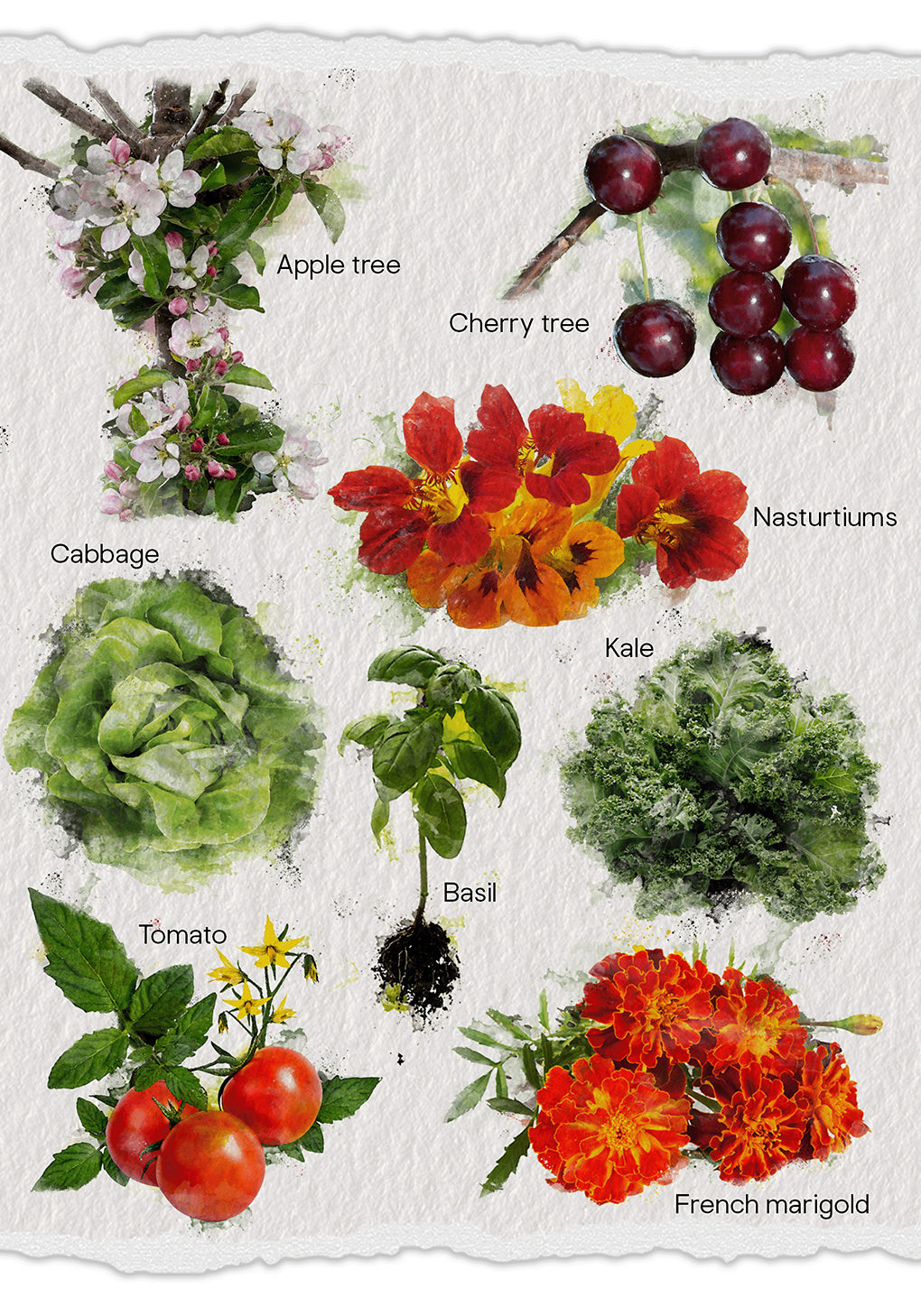

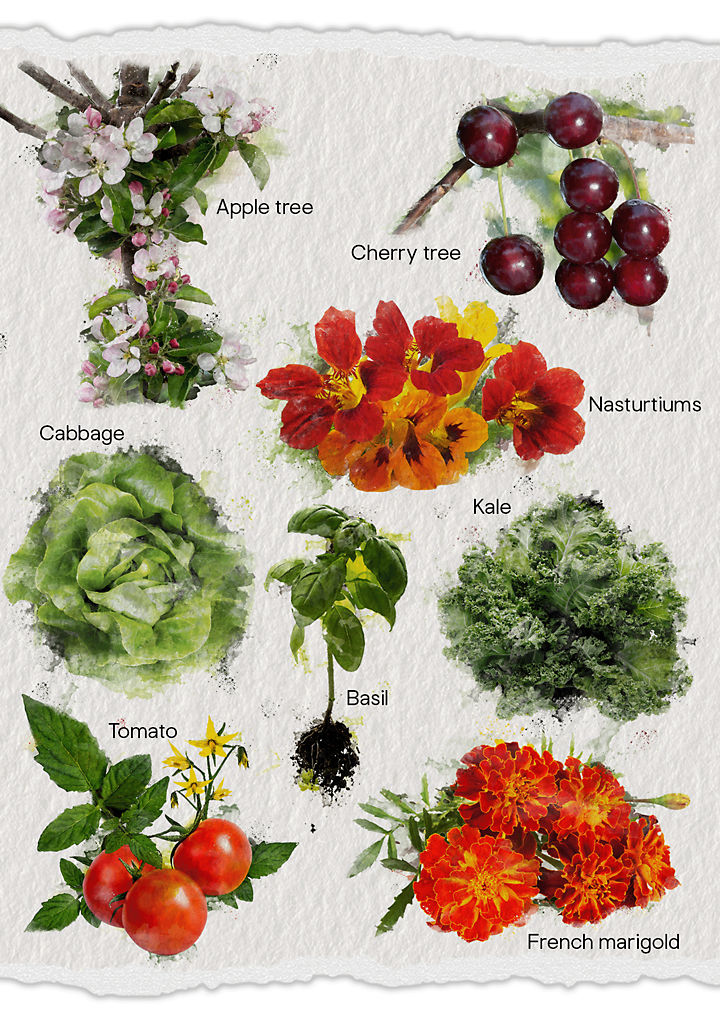

This gardener could take a tip from the Indigenous people of North America, who have a traditional, space-saving method known as the Three Sisters, in which corn, beans, and squash are grown together so that they intertwine.
Try adding pollinator-friendly perennials, such as Penstemon Apple Blossom, which flowers for over two months. And Euphorbia amygdaloides Rubra - which has soft, downy leaves, deep purple stems and contrasting lime green zingy flowers. (Wear gloves and watch out for the sap, which can burn). Attracting pollinators means more pollinated crops, so they’re very important to please.
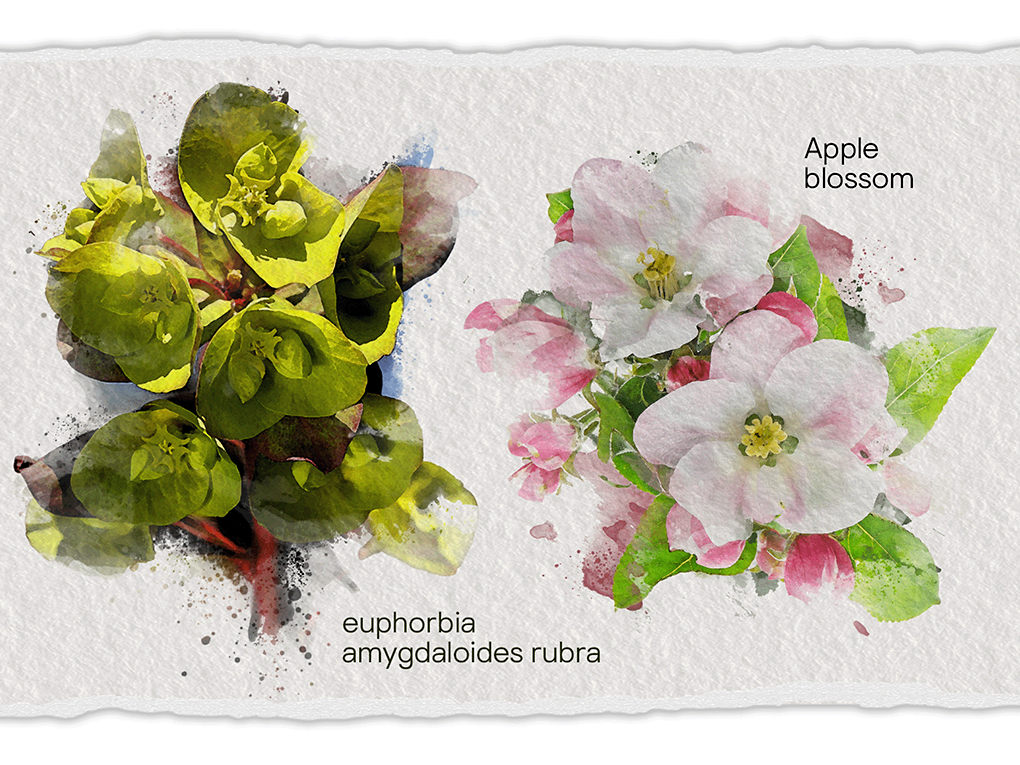

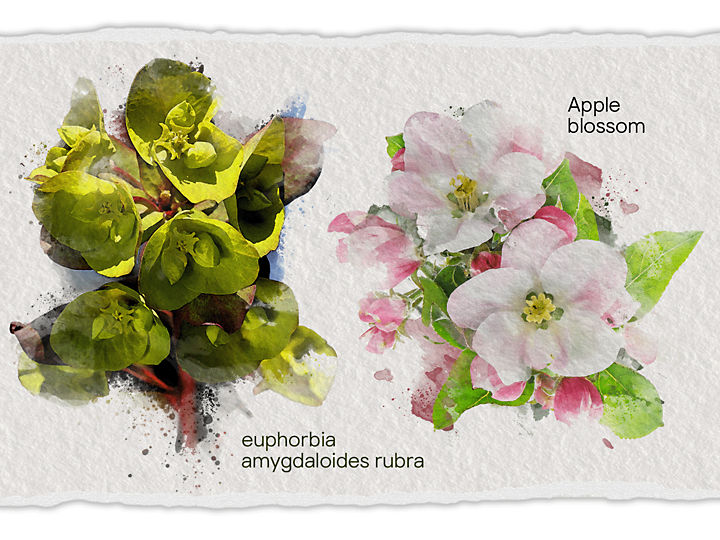

Woody plants, such as white, red, and black currants, and other soft fruits such as raspberries, blackberries, and gooseberries, provide those summer desert taste sensations, packed with life-enhancing vitamins. And finally, don’t forget flowers for cutting, bring the garden into the house or gift them throughout the summer. We love a mix of carnations, chrysanthemums, dahlias, and cosmos, but there really are so many to choose from.
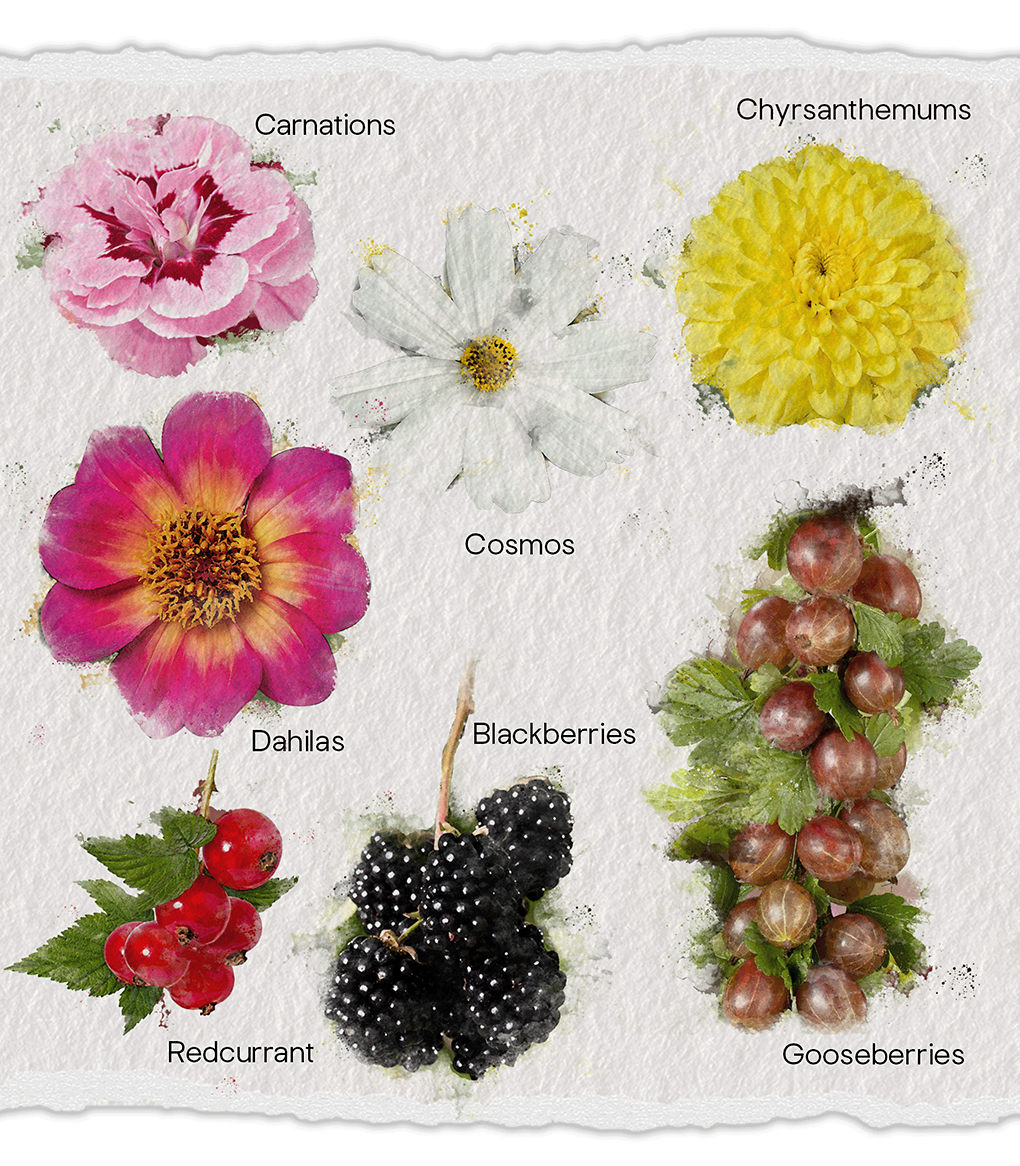

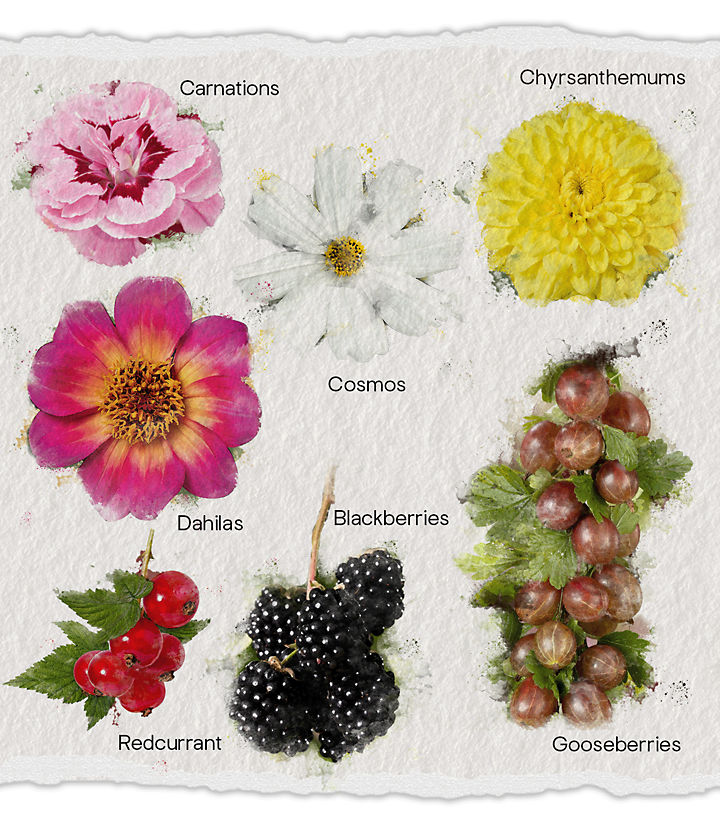
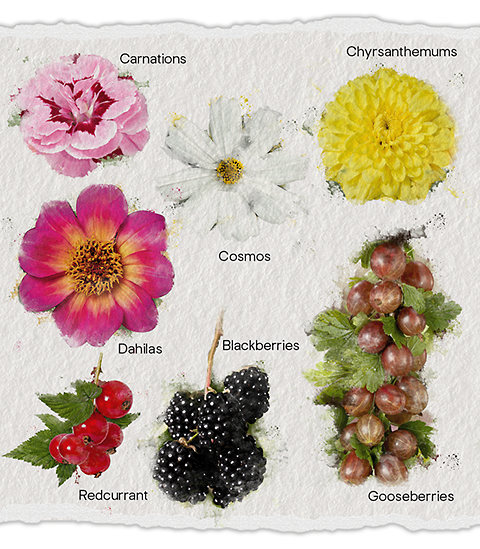
The Eccentric Gardener
This gardener let’s their imagination run-free, so anything goes! Think about creating fun and exciting spaces. You could start with a Chinese inspired garden with groves and avenues of black and golden bamboo. Use them as the structural elements of the space.
Shrubs such as Nandina domestica and Fatsia japonica can give a multi-layered and textural look, while hostas and Hemerocallis (daylillies) add a lush flourish (just watch out for slugs and snails).
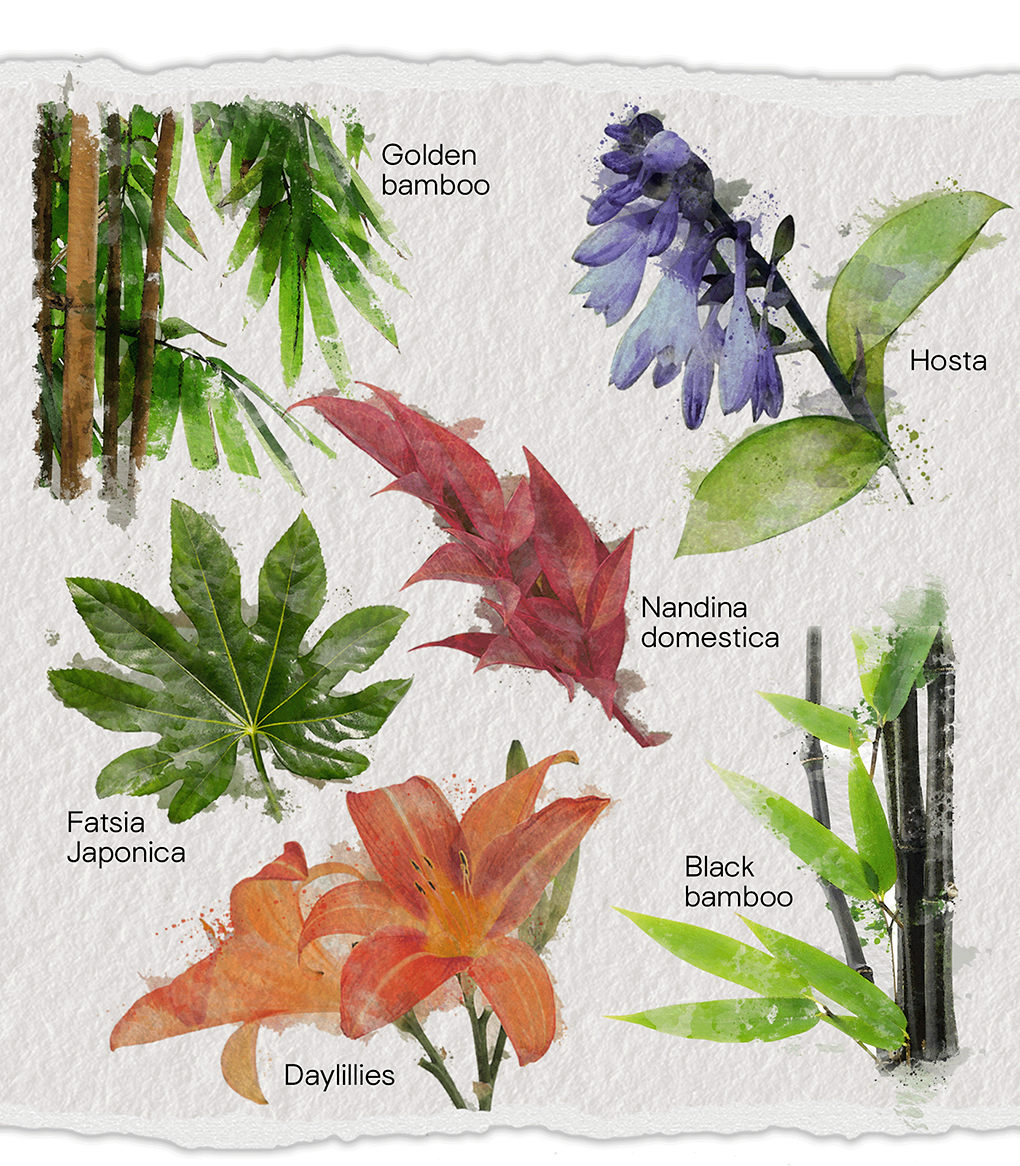

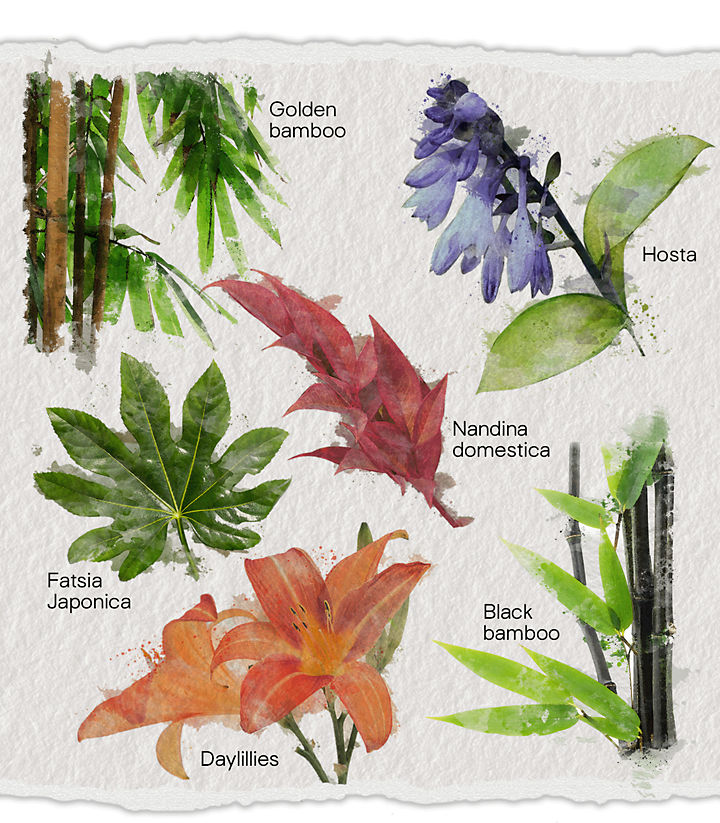
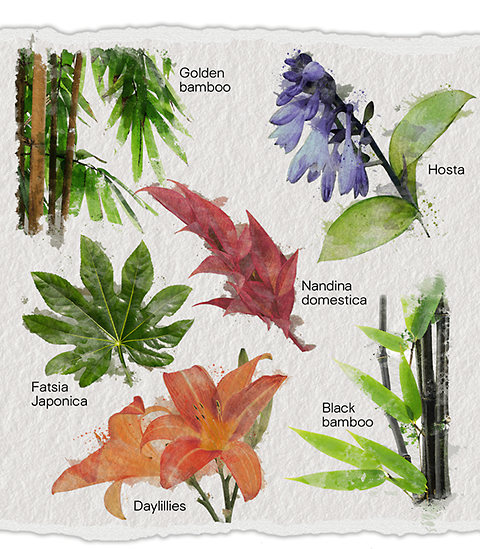
This gardener might consider building a truly contemporary and textural garden, with topiary pieces of Golden Leylandii pom poms, spirals, and pyramids. These will need to be clipped to keep them in shape. The garden could be surrounded by headily scented green panels of Trachelospermum jasminoides, or Star Jasmine. These could be underplanted with Festuca glauca, which may be a marmite suggestion. Do blue grasses go with gold shrubs? To the Eccentric Gardener this doesn’t matter! It just makes them happy, so that’s what they do!
All of Matt and Humaira’s plant combinations are available to purchase from B&Q this season. Find your nearest store.
